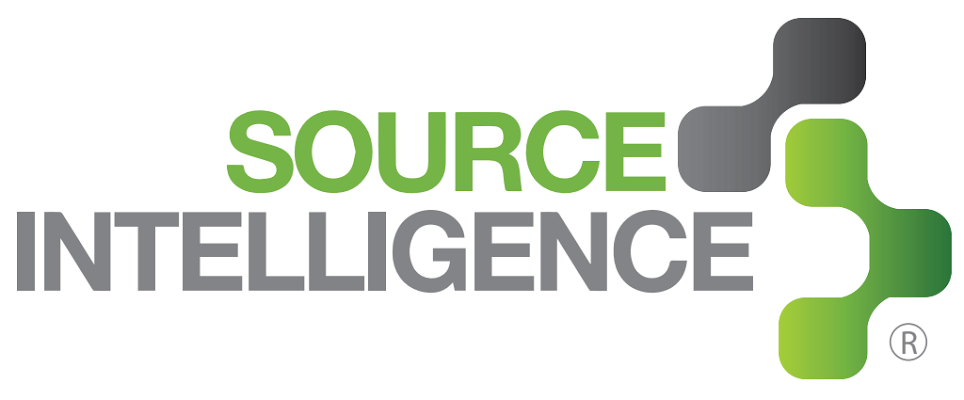Conflict Minerals Regulation Helping Thousands of Miners
How the Conflict Minerals Regulation Benefits Congolese Miners
Conflict Minerals Regulation Helping Thousands of Miners
The Enough Project's U.S. and Congo-based groups visited mining communities in eastern Congo to "get an updated assessment on conflict minerals," last month. With the information they gathered, Think Progress recently published “9 Things You Need To Know About Conflict Minerals,” to provide a better understanding of the issues and the severity of the armed conflict in eastern Congo. In particular, Think Progress highlights the positive effects of conflict minerals reforms on reducing the power of armed groups in eastern Congo:
“Conflict minerals reforms have made it less profitable for armed groups to mine tin, tungsten, and tantalum (the “3T” minerals), and military operations also have had a major impact on them. Several of the most significant armed groups that were also involved in the conflict minerals trade have decreased significantly in size or have disappeared. In contrast to the situation over the past two decades, there is no longer a major Rwanda-backed militia in eastern Congo. Another major threat, the FDLR armed group, is now one-quarter of its size from five years ago.”
Although critiques have circulated regarding the conflict minerals regulation, the support from many Congolese organizations and human rights groups has been identified. These local organizations are able to see first hand the benefits of the U.S. Dodd Frank conflict minerals regulation, and are even urging the European Union to take on a law with similar requirements:
“That law requires companies to publicly reveal if their products might contain conflict minerals from Africa’s Great Lakes region. Sakharov Prize winner and Nobel Prize nominee Dr. Denis Mukwege and Bukavu Archbishop Rusengo recently called on the European Union to replicate Dodd-Frank’s corporate responsibility requirements. Recently, both Congolese and international experts and Congolese civil society groups have publicly called for policymakers to reinforce Dodd-Frank with further reforms. “
June 2014 marked the first date that publicly traded companies in the United States had to report to the Securities and Exchange Commission on the origin of Tin, Tungsten, Gold and Tantalum in their supply chain. The regulation has held many companies accountable for transparency in their supply chains, and they have been able to understand the strategic benefits of being “conflict free.”
“Without this, companies would again be free to source minerals opaquely from some of the worst war zones with no mechanism for public accountability. Because of the law, companies have set up rigorous conflict-free auditing programs, and approximately half of the world’s smelters are now conflict-free.”
An Insightful Look at 2014 Conflict Minerals Efforts: Benefits of Tracing Your Supply Chain, is the most recent Conflict Minerals E-Book that has guided companies to conflict minerals compliance and provided them with case study-based insight for conflict minerals compliance in 2015. The E-Book covers topics on Overcoming Supplier Resistance, Conflict Minerals Compliance Programs Implementation: An Analysis of 4 Prevailing Approaches, Moving Beyond Supplier Provided Information: A Guide To Smelter Verification, and the 2015 Guide to a Successful Conflict Minerals Program. If interested, click here for a complimentary download of the E-Book: An Insightful Look at 2014 Conflict Minerals Efforts, Benefits of Tracing Your Supply Chain.
Click here to read the full article by BY HOLLY DRANGINIS and SASHA LEZHNEV, 9 Things You Need to Know About Conflict Minerals, from Think Progress.

